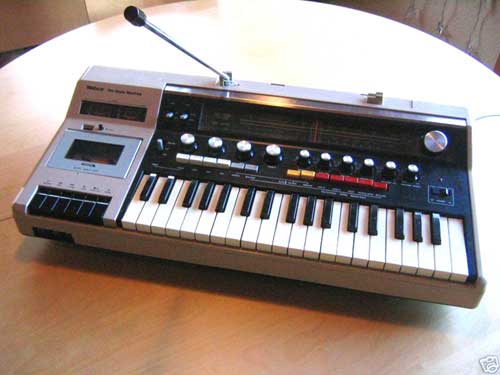5 INSTRUMENTOS VERY CUATICOS.
 1. Didgeridoo
1. Didgeridoo
Invented by: Its origins are with the aboriginal people of Northern Australia, though the Didgeridoo, sometimes called a didge, is so old, no one knows exactly who invented it. Many musicologists say it’s the oldest aerophone (or wind instrument) in the world, dating back some 40,000 years.
How you play it: By blowing into the hollowed-out eucalyptus branch with loose lips (like giving someone a raspberry!) the didge player creates a vibration that echoes and produces a drone.
Cool didge factoid: A recent study put out by the British Medical Journal said that playing the didgeridoo helps reduce snoring and sleep apnea, because it helps strengthen muscles in the upper airway.
What it sounds like:
2. Glass Armonica
Invented by: In 1761, smack-dab between the lightning rod and bifocals, Benjamin Franklin invented the Glass Armonica (armonia in Italian is harmony). He was once quoted as saying: “Of all my inventions, the glass armonica has given me the greatest personal satisfaction.”
How you play it: Anyone who’s ever rubbed a finger around the mouth of a glass of water knows the wonderful muted sound it produces–the pitch dependant on the amount of water in the glass. Franklin took this idea a step further by inventing a foot-pumped device that puts water-less bottles in motion so all one need do is touch the mouth with a wet finger. Here, the pitch is dependant on the size/shape/amount of glass in the bottle.
Cool Glass Armonica factoid: Mozart loved the instrument so much, he wrote two compositions for it. You can hear an excerpt from one (the Adagio and Rondo for glass armonica, flute, oboe, viola and cello), below.
What it sounds like :
3. Bonang
Invented by: Javanese Gamelan musicians. In Javanese mythology, the gamelan (means “to strike with a hammer”) was created by Sang Hyang Guru in Saka era 167 (ca. 230 AD).
How you play it: Two padded beaters, called tabuh, are used to strike the double-row of horizontally mounted gongs, each tuned to a different pitch.
Cool Bonang factoid: Across the way in Bali, the Bonang has a cousin called the reong, which is almost identical.
What it sounds like:
4. Tsabouna
Invented by: Greek shepherds some 2000 years ago.
How you play it: The Tsabouna is made of goatskin, which is inflated by blowing into the mouthpiece. On the other side of the instrument is a flute-like pipe which is played with the fingers, creating 6 different notes (the amount of wholes in the pipe and notes produced vary from island to island).
Cool Tsabouna factoid: Although it looks similar to bagpipes, the tsabouna lacks that extra pipe that creates the characteristic “Scottish drone.”
What it sounds like:
5. Hang
Invented by: The hang was invented eight years ago in Bern, Switzerland, by Felix Rohner and Sabina Schärer OF THE PANArt Company.
How you play it: Like a cross between a steel drum and a gamelan instrument, the hang is made from steel but played with the fingertips, thumbs, and the heel of the palm, rather than sticks. Pitches are both fixed and alterable with hand pressure, like a talking drum.
Cool Hang factoid: In Bernese German, Hang refers to the human hand, as in hand-drum, and is pronounced hung or hong.
What it sounds like:
Aquí el post original


